CAMP RILEA, Ore. (Army News Service, June 22, 2009) -- Airmen, Soldiers and Sailors tested months of planning and preparation, June 18-20, with a major U.S. Northern Command air defense exercise.
National Guard members from four states deployed to Oregon for Exercise Amalgam Dart '09. Other servicemembers and civilian employees from around the country participated in the exercise as part of Joint Task Force-AmericaAca,!a,,cs Shield.
Soldiers from the South Carolina National Guard's 263rd Army Air and Missile Defense Command deployed to Oregon and set up a Joint Air Defense Operations Center. Located in tents set up at Camp Rilea, the JADOC served as the command and control element between an Army air defense unit on the ground and the Continental U.S. NORAD Region, which provides airspace surveillance and control.
South Carolina's 2nd Battalion, 263rd Air Defense Artillery, deployed with the Army's Avenger air defense system. Equipped with two Stinger missile pods carried atop a modified Humvee, Avengers are deployable Homeland Defense assets.
Avengers were set up around Camp Rilea, near historic Fort Stevens State Park.
"Fort Stevens was selected for this exercise because it was key terrain 150 years ago and it's still key terrain today," said Lt Col. Bill Berry, the 263rd project officer for Amalgam Dart. "Fort Stevens was an active military post guarding the Columbia River from late in the Civil War until 1947."
During the exercise, the unit practiced detecting, identifying, tracking and intercepting potentially threatening airborne missiles or aircrafts.
Rhode Island Air National Guard's 282nd and GeorgiaAca,!a,,cs 283rd Combat Communications Squadrons deployed to provide communications support to the Soldiers.
From their Air and Space Operations Center at Tyndall Air Force Base, Fla., the CONR commander, Air Force Maj. Gen. Hank Morrow and his staff, directed Air Force, Army and Navy assets, ensuring the air sovereignty and air defense of the continental United States.
The Western Air Defense Sector, based at McChord Air Force Base, Wash., practiced detecting, identifying, tracking and scrambling fighters if to intercept unknown or threatening airborne objects.
A U.S. Navy Aegis-equipped destroyer, the USS Shoup patrolled off the Oregon coast tracking and destroying enemy targets.
An Air Force E-3 Sentry from the 552nd Air Control Wing at Tinker Air Force Base, Okla., operating from McChord Air Force Base, provided all-weather surveillance, command, control and communications needed by air defense forces.
Oregon Air National Guard's 142nd Fighter Wing F-15 Eagles and California Air National Guard's 144th FW F-16 Fighting Falcons served as interceptors during the exercise.
C-21s from the 311th Airlift Squadron at Peterson Air Force Base, Colo. and the Air Force Flights Standards Agency in Oklahoma City, Okla., along with Cessna 172s from the Oregon Wing of the Civil Air Patrol served as high and low-level "targets."
During Amalgam Dart '09, officials said CONR, the Joint Task Force, and all other units involved demonstrated a rapidly deployable air defense system that could protect high-profile national targets against cruise missiles and other low-flying threats.
(Al Eakle is with CONR Public Affiars.)
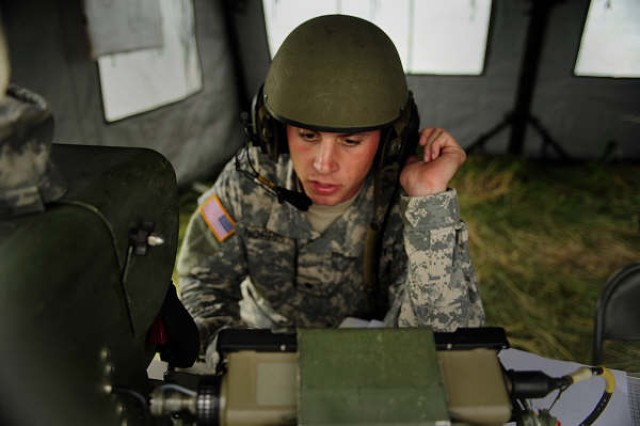
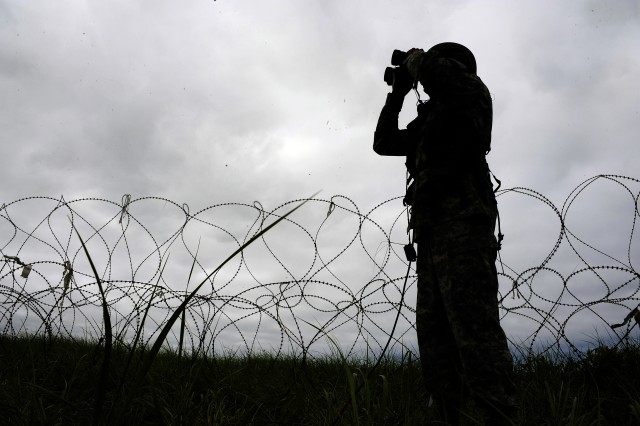
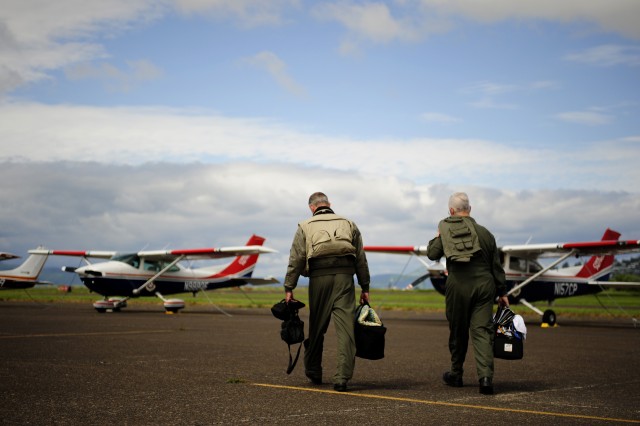
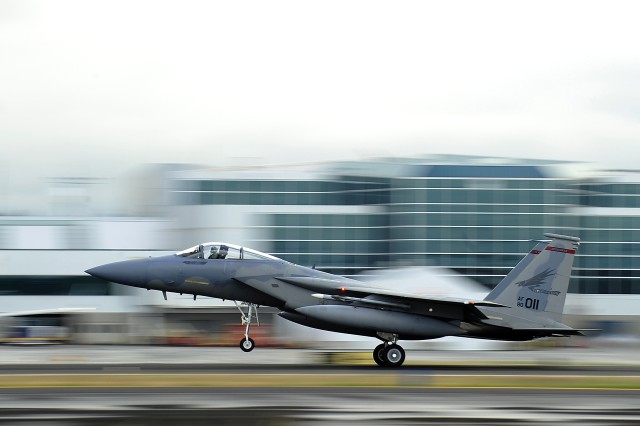
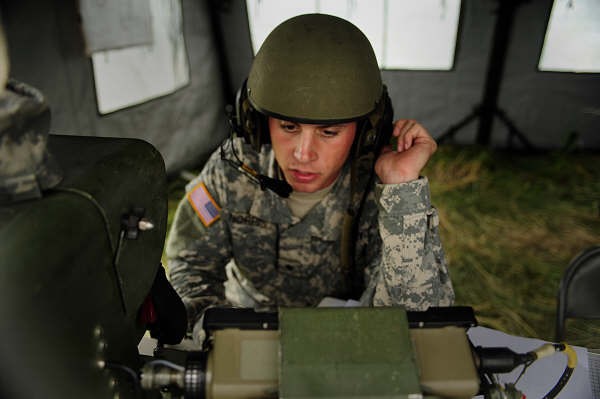
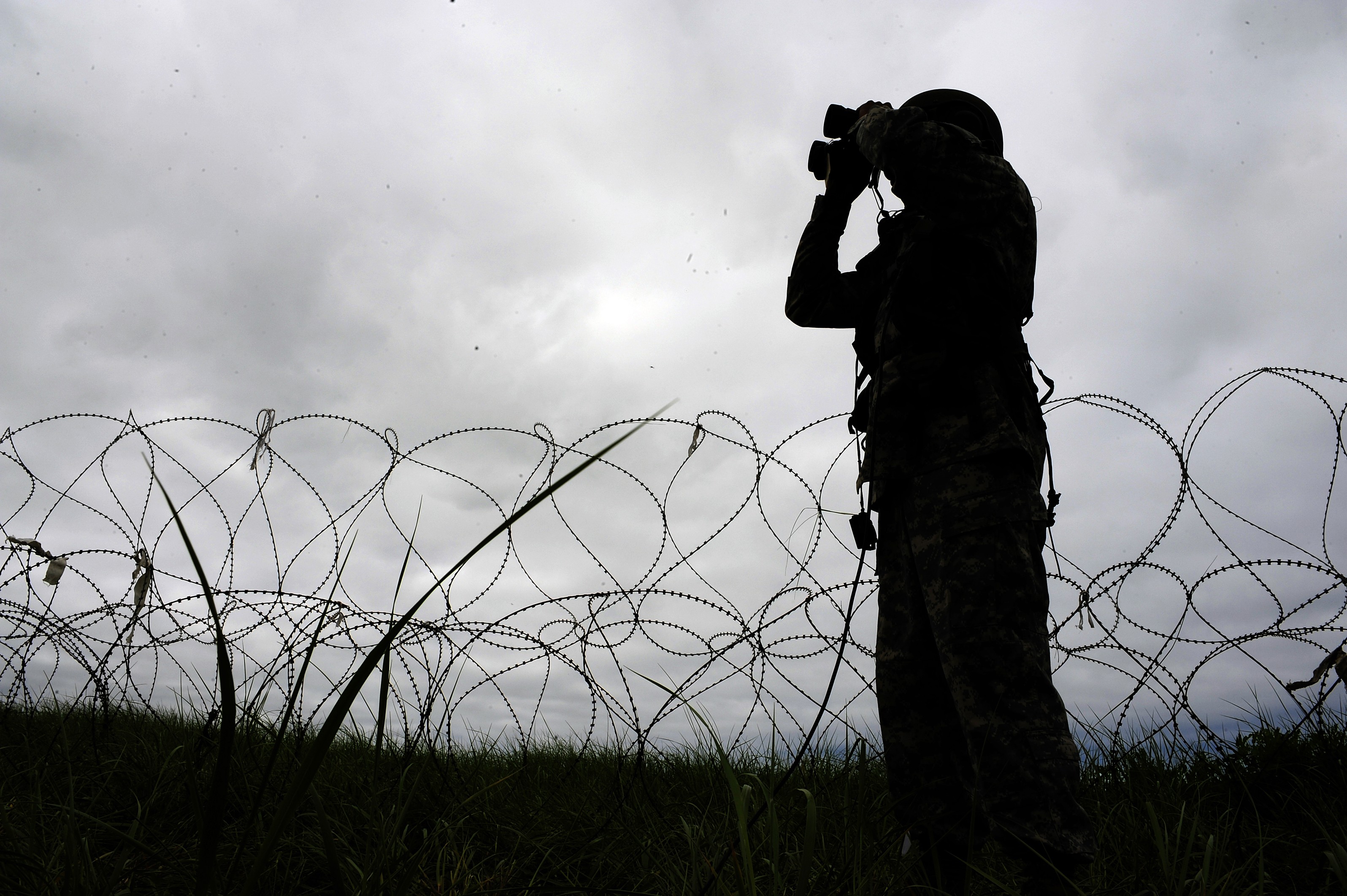
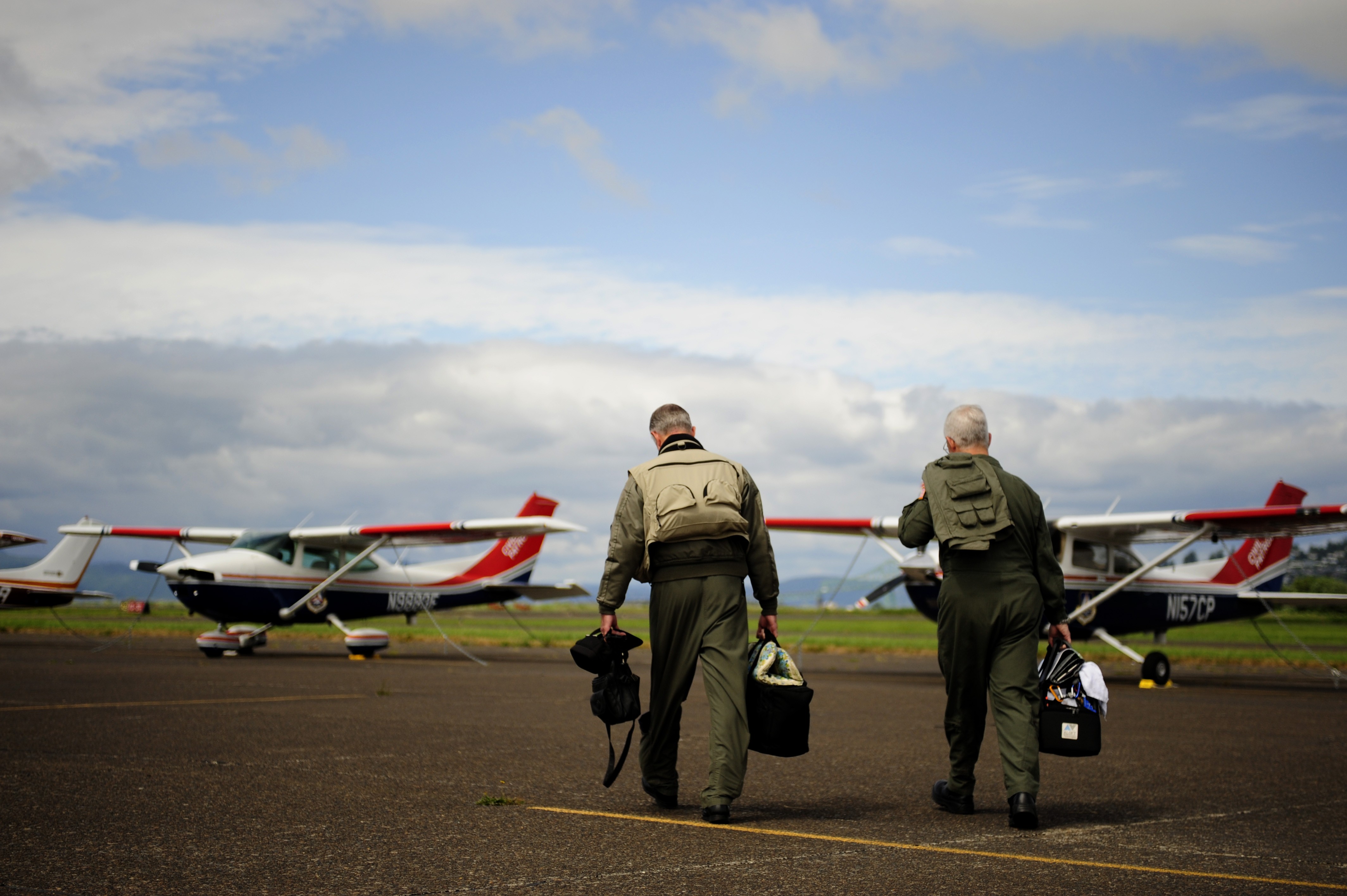
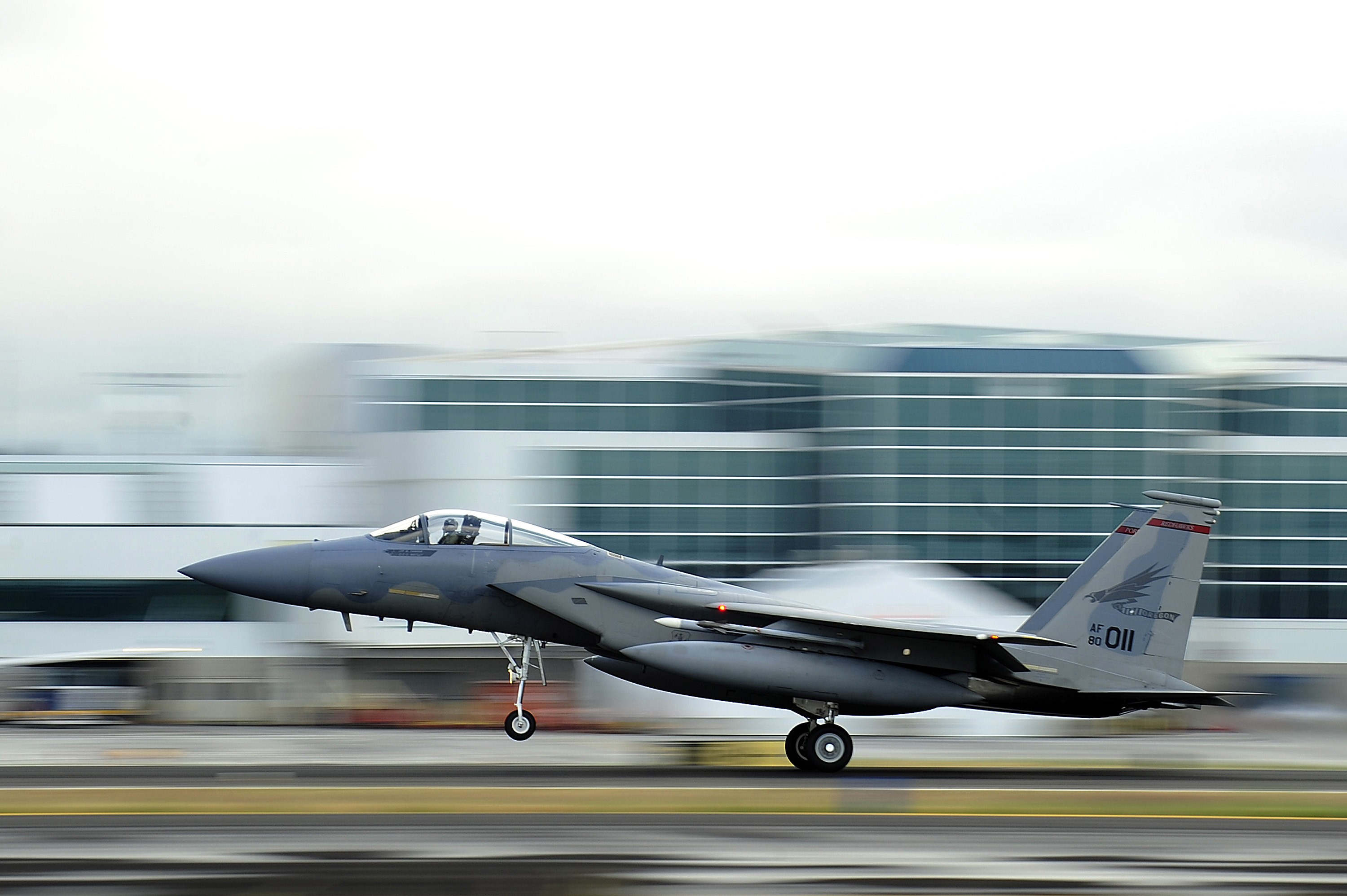
Social Sharing